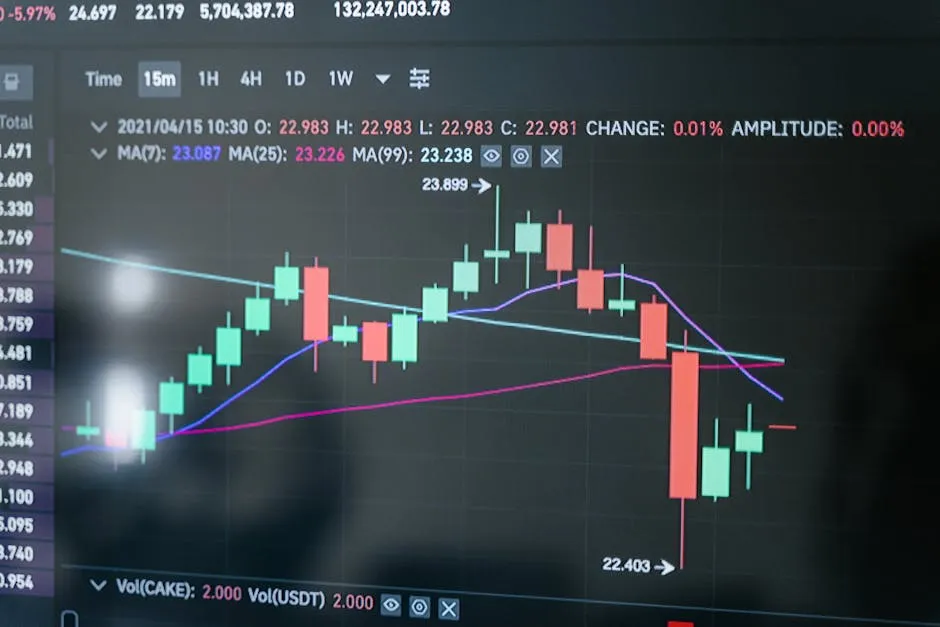
ING and UniCredit Collaborate on Euro Stablecoin: A Look at the Future of Digital Currency
The financial landscape is evolving rapidly, and stablecoins are at the forefront of this transformation. Recently, Dutch banking giant ING and Italy’s UniCredit have joined forces with seven other banks to develop a euro stablecoin. This initiative aligns with the European Union’s Markets in Crypto-Assets (MiCA) regulation, aiming to create a compliant and robust digital currency. The goal is to launch this stablecoin in the latter half of 2026, marking a significant step in the integration of digital currencies within the European market.
What is a Euro Stablecoin?
A euro stablecoin is a type of cryptocurrency that is pegged to the value of the euro, providing a stable digital alternative to traditional fiat currencies. Unlike other cryptocurrencies that can exhibit significant price volatility, stablecoins aim to maintain a consistent value by being backed by reserves of the currency they represent. This stability makes them an attractive option for transactions, payments, and even as a store of value in the digital economy.
The Role of MiCA in Shaping the Future of Stablecoins
The MiCA regulation aims to create a comprehensive framework for digital assets within the European Union, addressing issues related to consumer protection, market integrity, and financial stability. By complying with MiCA, the euro stablecoin initiative ensures that it meets the necessary regulatory standards, fostering trust among users and businesses alike.
The relevance of MiCA cannot be overstated. As the first major regulatory framework for cryptocurrencies in the EU, it paves the way for a more secure and structured environment for digital assets. By developing a stablecoin under these regulations, ING, UniCredit, and their partners are not only promoting innovation but also enhancing the legitimacy of stablecoins in the financial ecosystem.
The Collaboration of Major Banks
ING and UniCredit are not alone in this venture; they are part of a collaborative effort involving nine banks. This coalition signifies the growing interest and investment in digital currencies by traditional financial institutions. By working together, these banks aim to leverage their collective expertise to create a stablecoin that is not only compliant with regulations but also meets the demands of the market.
The collaboration also highlights the shift in how banks view digital currencies. Once considered a threat, stablecoins are now seen as an opportunity to innovate and enhance financial services. This shift could lead to a more interconnected financial system where digital currencies play a significant role in everyday transactions.
Looking Ahead: The Future of Euro Stablecoin
As the launch date approaches, there are numerous factors to consider regarding the euro stablecoin’s adoption and impact. The success of this initiative will depend on various elements, including regulatory developments, technological advancements, and market acceptance. If successful, the euro stablecoin could revolutionize the way individuals and businesses conduct transactions, providing a seamless bridge between digital and fiat currencies.
In conclusion, the collaboration between ING, UniCredit, and other banks represents a pivotal moment in the evolution of digital currencies in Europe. With the backing of MiCA regulations, the anticipated euro stablecoin has the potential to reshape financial transactions, paving the way for a more inclusive and innovative financial future.



